The Falkland Islands (also known as Isla Malvinas in spanish) — a true paradise for nature lovers!, Surrounded by pristine waters, you’ll find incredible marine life and breathtaking wildlife. But one of the most absolute highlight is watching and photographing several penguin species right in their natural habitat. If you’re penguin fan, this is the place to be. Join us and discover this amazing destination!
A Remote Paradise in the South Atlantic Ocean
In the heart of the vast South Atlantic Ocean, the Falklands Islands are located on an extension of the Patagonian Continental Shelf, between latitudes 51° and 53° S. They are located about 500 km (310 miles) northeast of the closest point of South America in Tierra del Fuego, and approximately 1,450 km (900 miles) from South Georgia Island.
The Falkland are much more than just a group of islands, they represent one of the most biodiverse areas for marine life and terrestrial life. The archipelago consists of two main islands East Falkland and West Falkland accompanied by around 750 smaller islets, home to a wide variety of species and landscapes.
The landscape of the Falkland is shaped by rolling hill and gentle slopes, creating a sense of quiet remoteness. Low mountains rise across the islands, with Mount Usborne (705 m) on East Falkland and Mount Adam (700 m) on West Falkland standing as the highest peaks.
Wildlife & Photography Adventure in the Falkland Islands
During our Falkland Wildlife Explorer expedition, we will explore various corners of the Falkland Islands archipelago on a journey dedicated to wildlife observation and photography. This territory, internationally recognized for its remarkable biodiversity, has become a true hotspot for nature enthusiasts and wildlife photographers alike.
The Falkland Islands are home to significant breeding colonies of seabird and marine mammals. In fact, approximately 75% of the world’s population of Black-browed Albatross (Thalassarche melanophris) breeds here, along with 50% of the global population of South American Fur Seals (Arctocephalus australis) and 33% of the Southern Rockhopper Penguins (Eudyptes chrysocome). It is unique and privileged setting to witness these species in their natural habitat.
In addition, visitor have the opportunity to observe a diverse range of marine wildlife, including several species of geese, ducks — such as the endemic Falklands Steamer Duck — plovers, as well petrels, oystercatchers and other seabird!. Marine mammals such a dolphins, whales, seals and sea lions.
Penguins: Five Species on Falkland Islands
King Penguin (Aptenodytes patagonicus)
We’ll visit Volunteer Point in 4×4 vehicles driving approximately 2.5 hour to reach this stunning location, where the white sand, is bordered by grassy banks and wide green plains. This area is home to the second largest penguin of the world sand the largest penguin in the Falklands — reaching up to 96 cm in height.
Volunteer Point hosts over 1,000 adult King Penguins. These striking birds are easily recognized by their orange ear patches that extend towards their bright orange-yellow foreneck.
foreneck
The king Penguin has a lengthy breeding cycle: from egg-laying to fledging takes over a year. As a result, if conditions are favorable with minimal predation, good weather, and low chick mortality a pair may successfully raise two chicks in three years.
Gentoo Penguin (Pygoscelis papua)
Also at Volunteer Point, we’ll have the chance to observe the Gentoo Penguin, which can reach up to 76 cm in height. This specie is easily recognized by the distinctive white band across the crown of the head and its long orange and black bill. Colonies are formed on level ground, up to 1.5 km (1 mile) inland, and adults walks to and from the sea along traditional, often winding routes.
The gentoo equivalent of rush hour occurs on their “highways” in the early evening when many penguins returns from the day at sea. Gentoos are liable to panic and rush away if approached too closely, leaving eggs or young exposed to predator or the elements.
Southern Rockhopper Penguin (Eudyptes chrysocome)
We will visit Sea Lion Island to observe the Rockhopper Penguin, the smallest and most agile penguin in the Falkland Islands. This charismatic species measures between 61 – 64 cm in height and is easily recognised by its straight, thin yellow eyebrow stripes ending in yellow plumes that extend above and behind the eyes.
The Southern rockhopper penguin is very popular among the tourists and wildlife enthusiasts. True to its name, the Rockhopper is remarkably agile, hopping up steep cliffs with both feet together and often using its bill for support on difficult terrain. It is one of two crested penguins found in the Falklands — the other is the Macaroni penguin.
Rockhoppers are summer resident, arriving on the islands in September to breed and molt. After April, they leave their colonies and spend the winter months at sea.
Macaroni Penguin (Eudyptes chrysolophus)
Very similar to Rockhopper, the Macaroni Penguin is larger, measuring between 69 and 71 cm in height, and has distinctive golden-orange head plumes which spread out and back from the forehead. It also has a prominent patch of pink skin at the base of the bill.
Single pairs of Macaroni Penguins breed among hundreds of Southern Rockhopper Penguins at several colonies and hybridization between the two species occasionally occurs. Like the Rockhopper, the Macaroni Penguin is migratory, arriving in the Falklands each summer to breed.
Magellanic Penguin (Spheniscus magellanicus)
The Magellanic Penguin is a summer resident of the Falkland Islands. It can be found all along the coastline, nesting in burrows dug into the peat near the shore. Magellanic Penguins can reach up to 71 cm in height and are easily recognized by their distinctive black and white bands across the head, neck, and breast. Their stout, hooked bill is gray and black, and they have a patch of pink skin around the eyes. The legs and feet are dark gray to black.
Compared to other Falkland penguins, this penguin is more shy and will quickly retreat into its burrow or rush into the sea if disturbed. Locally, it is often called the “Jackass Penguin” because of its loud, mournful call, which resembles the braying of a donkey.

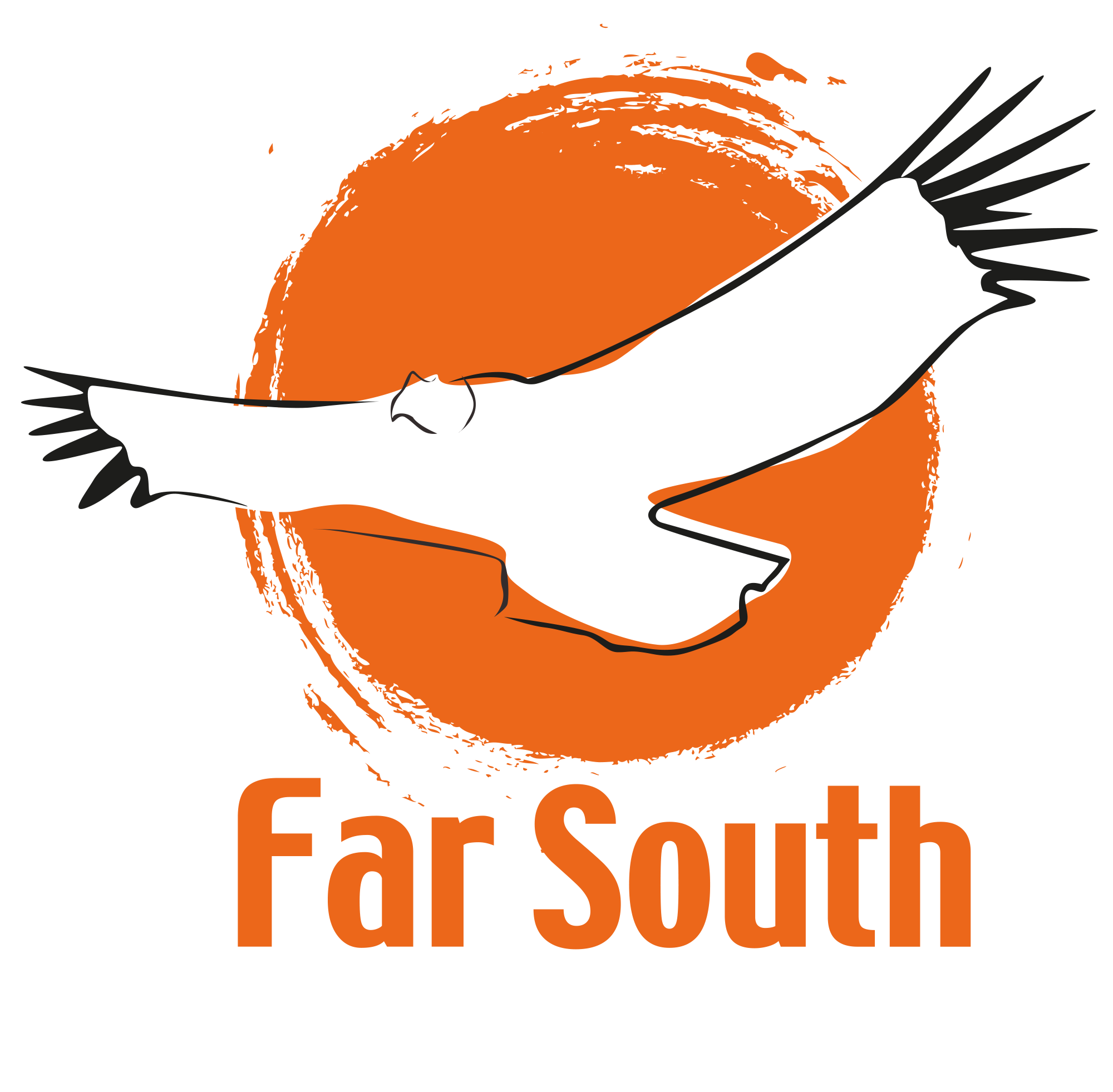
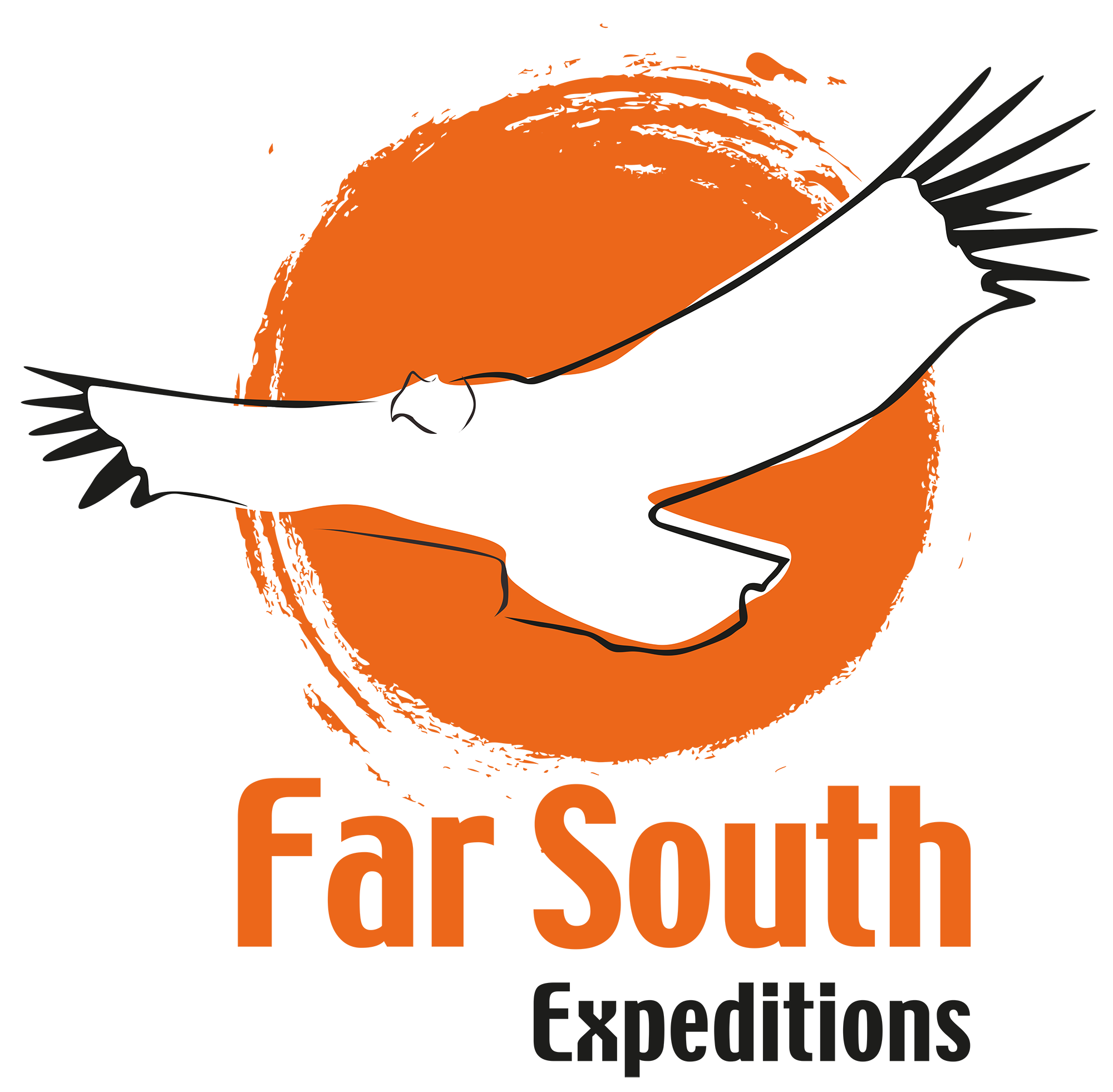
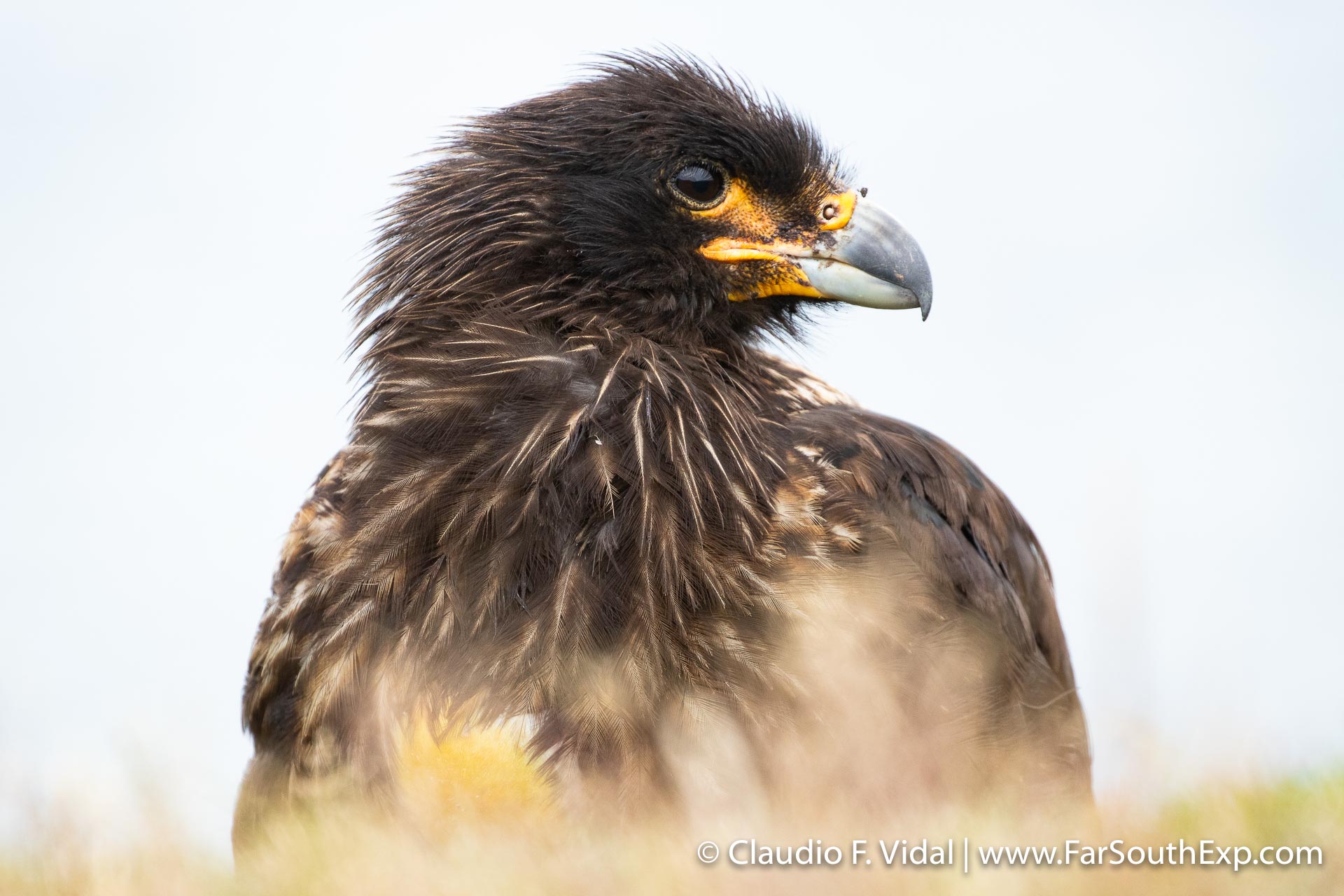

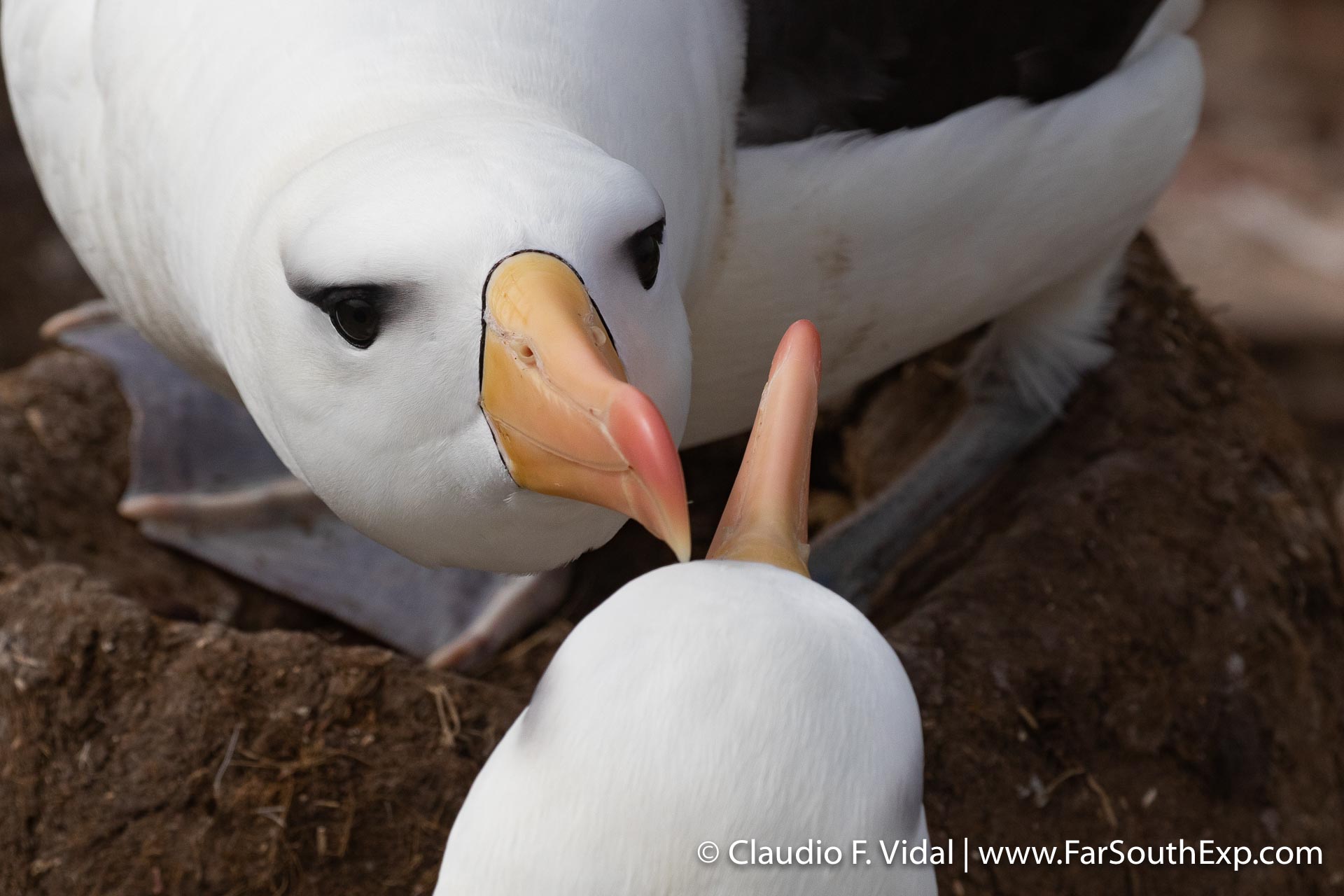
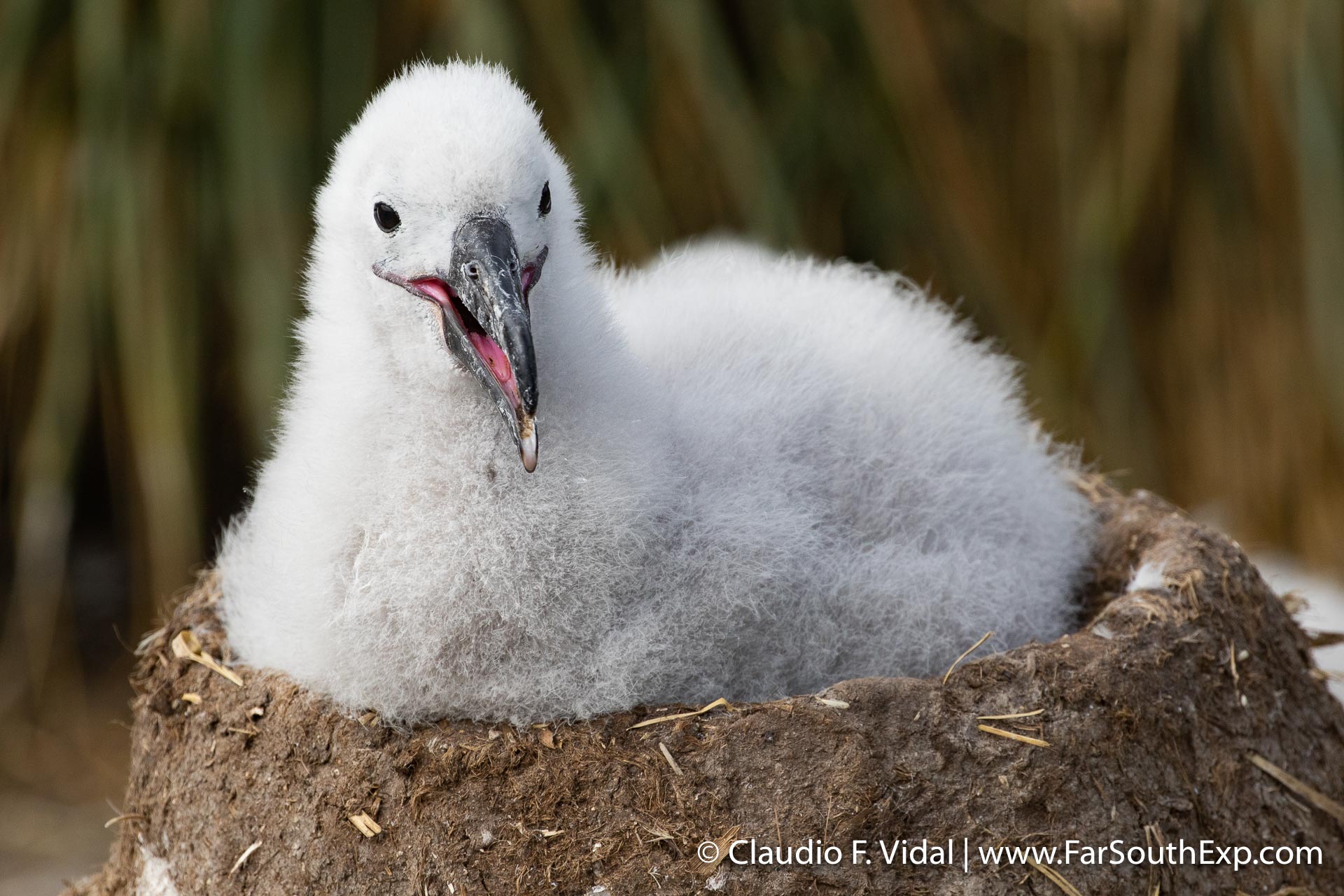


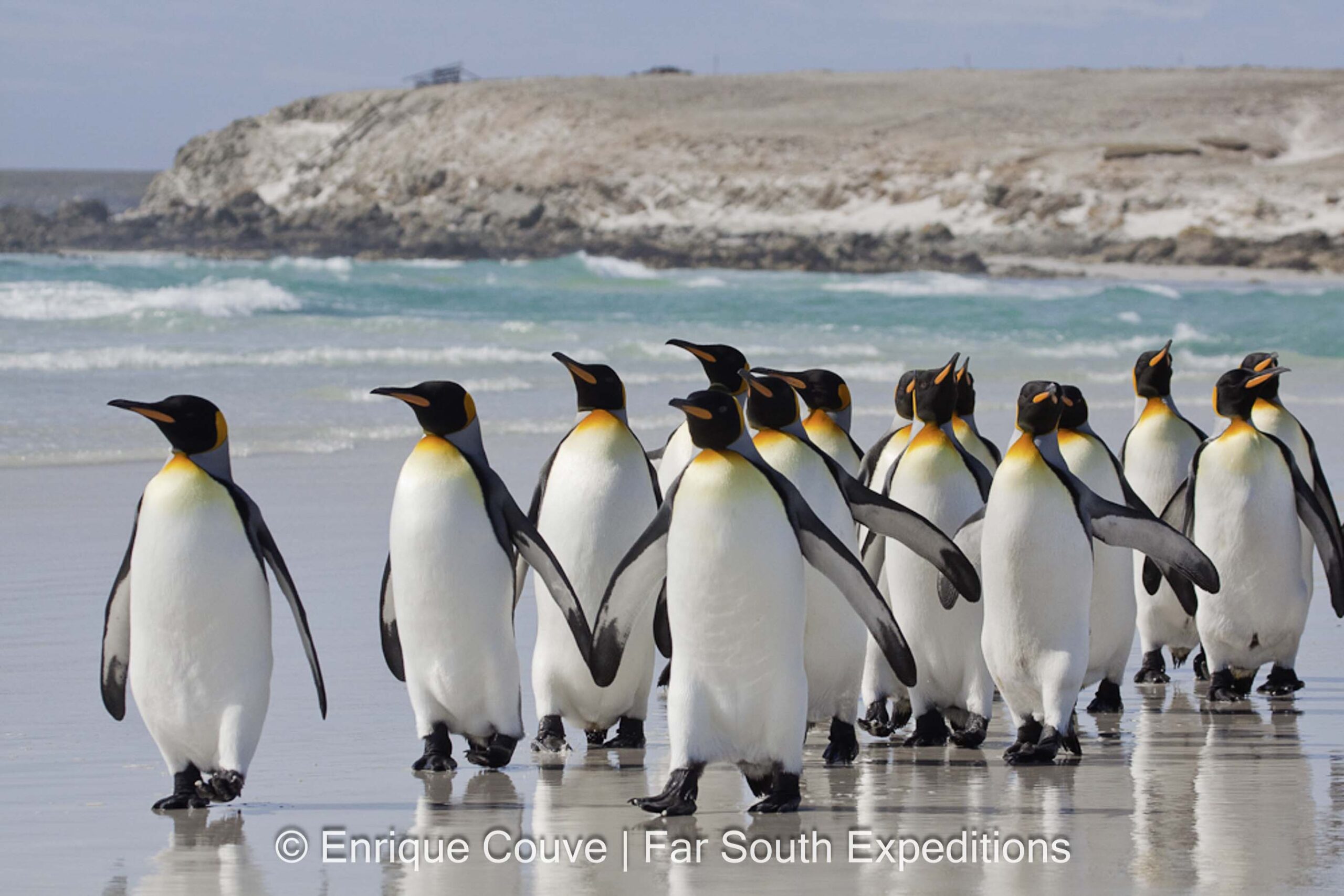
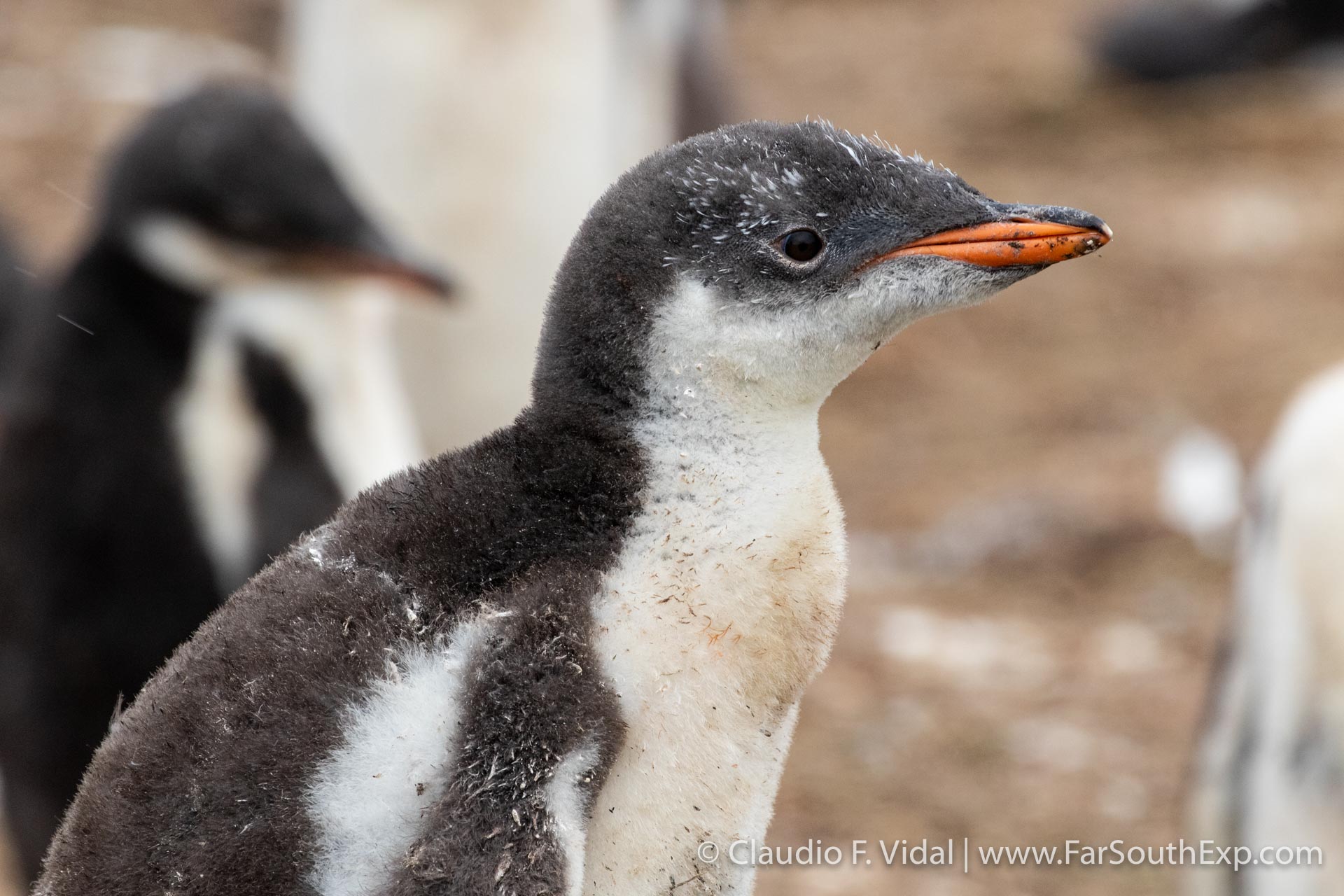
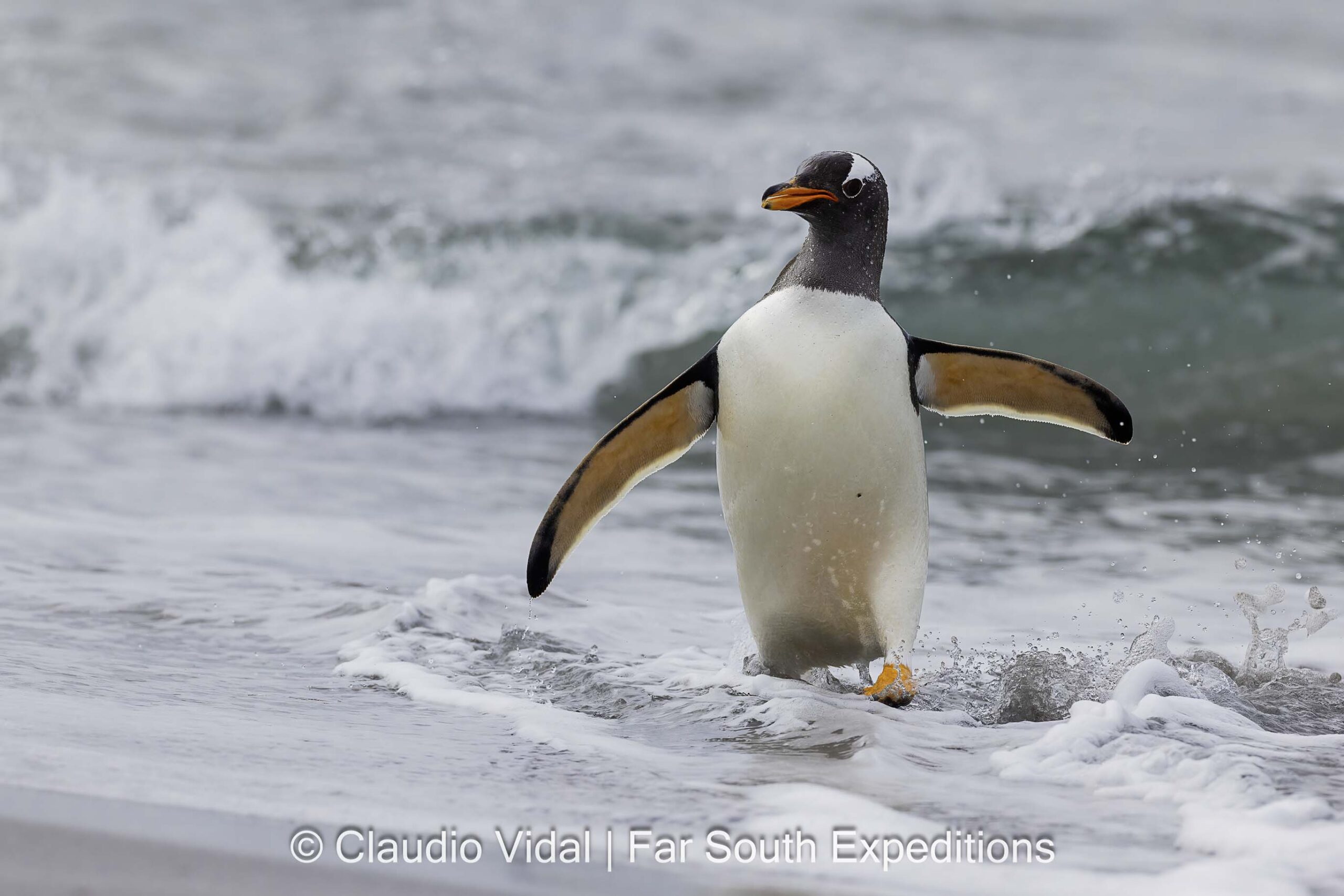
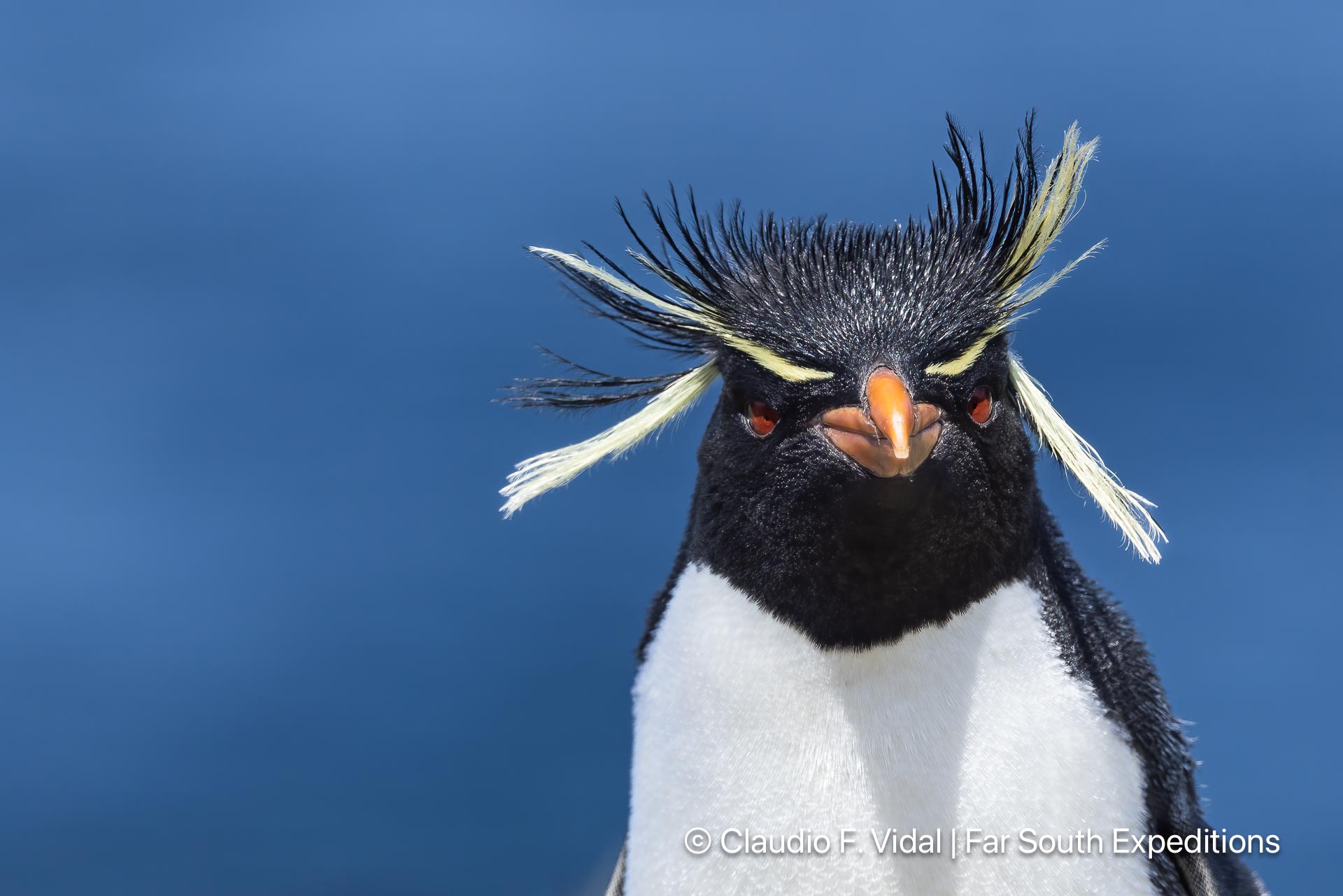
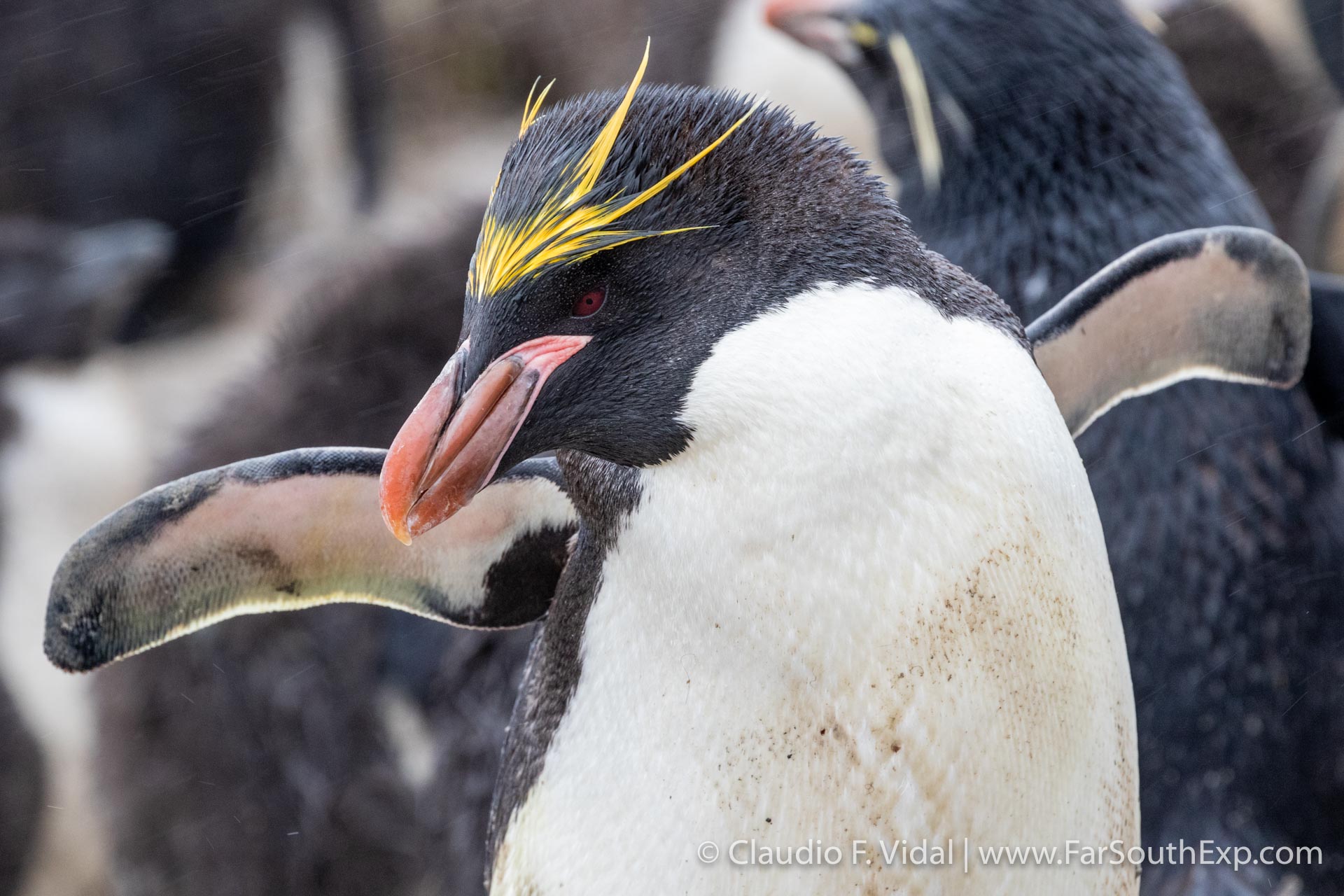
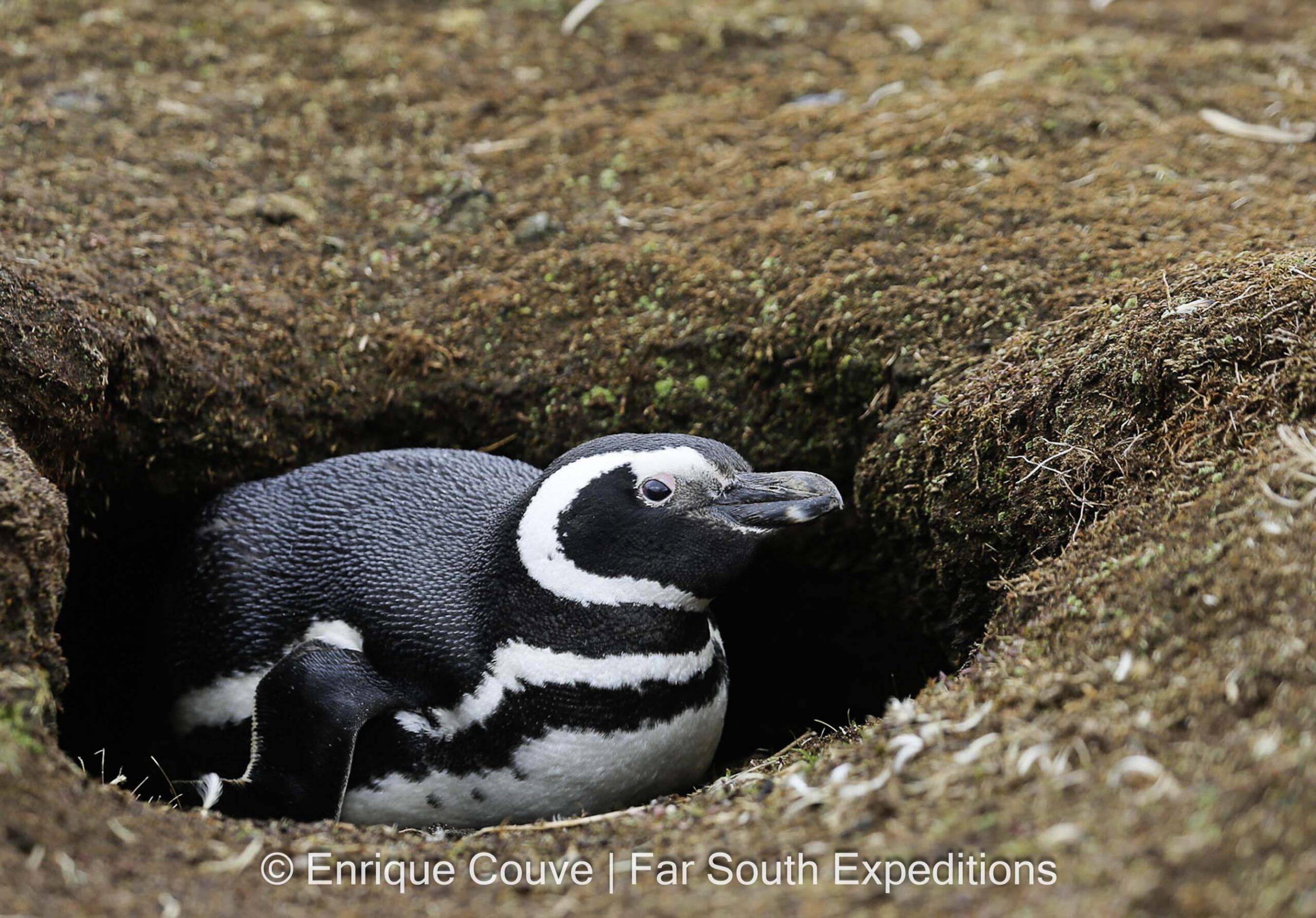
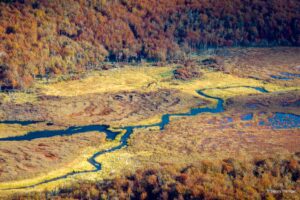
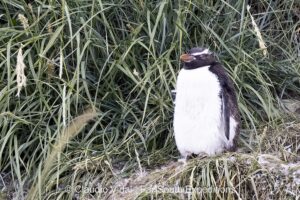

Leave a Reply
Your email is safe with us.